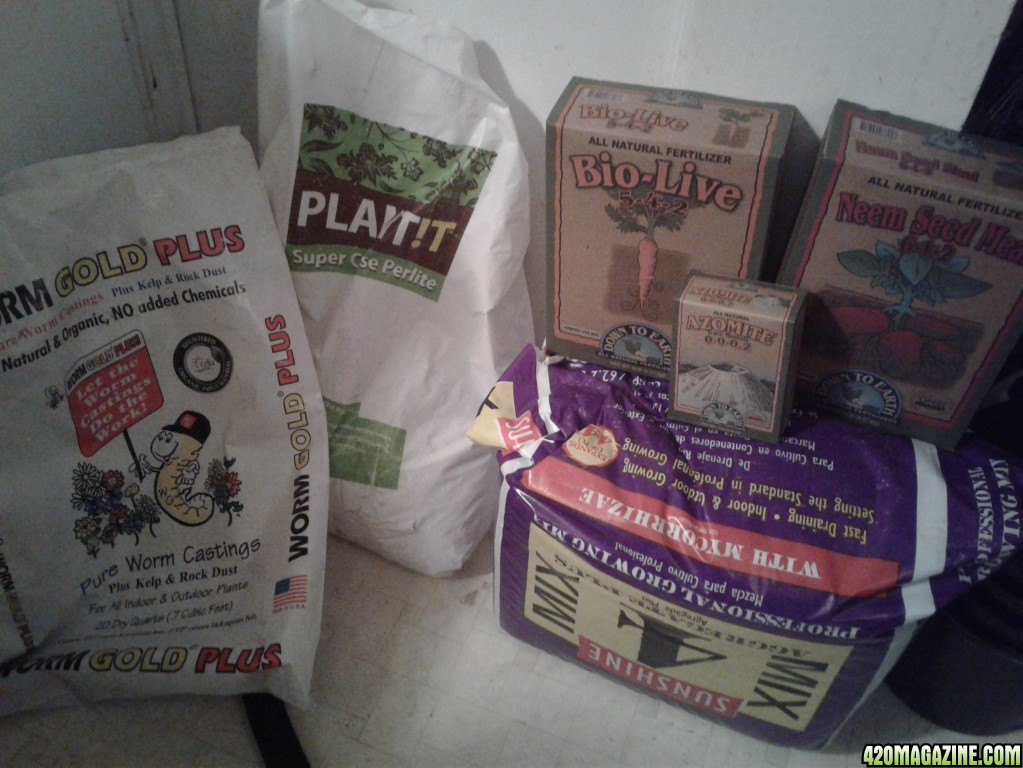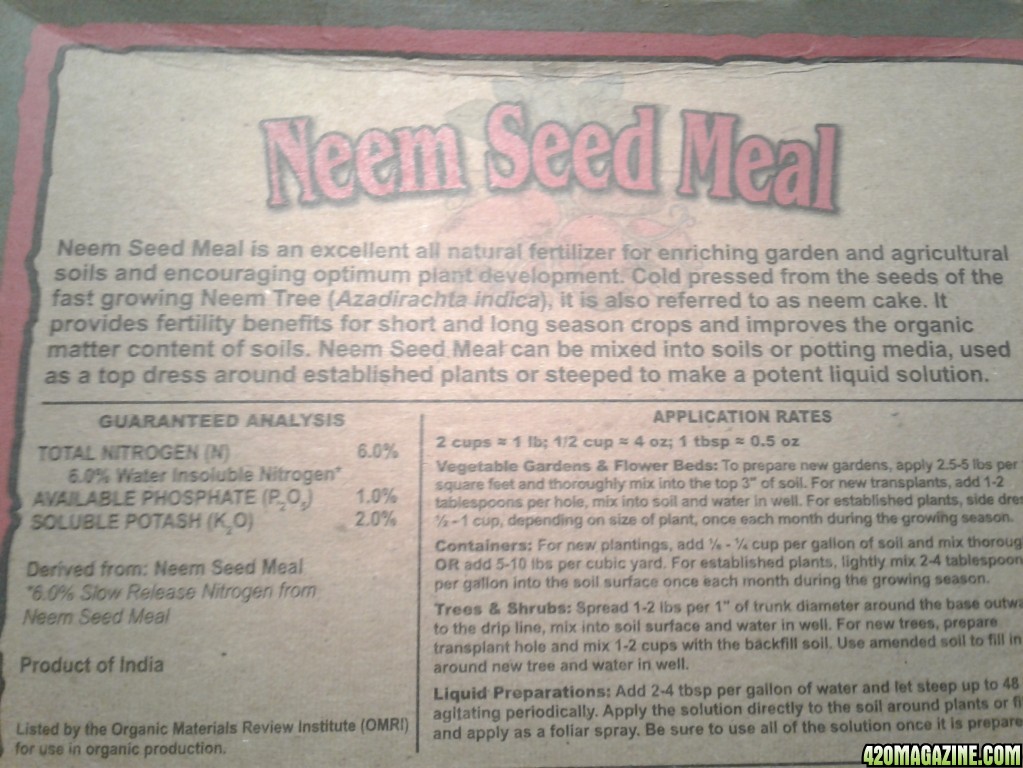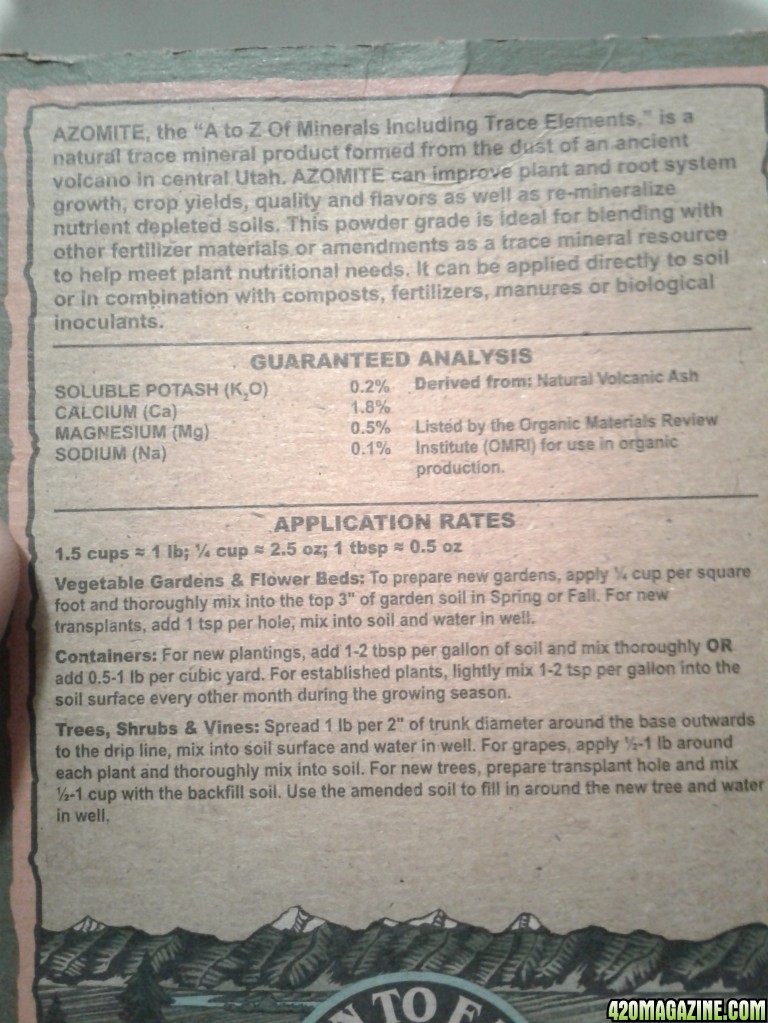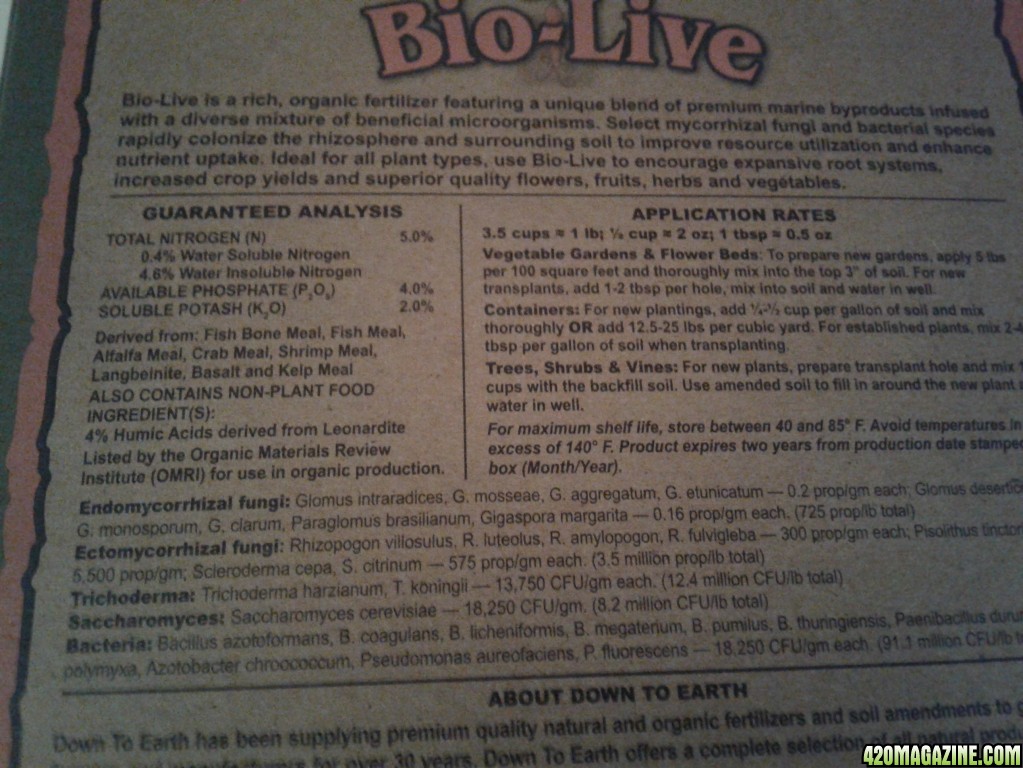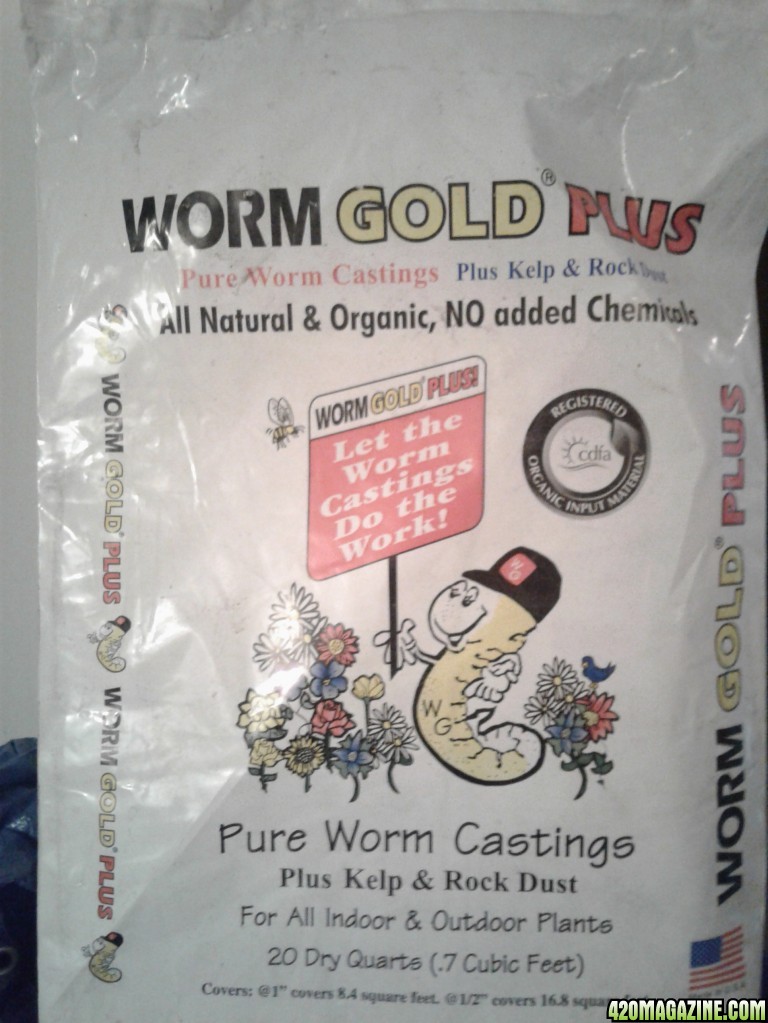Skullman420
Well-Known Member
Today - about 24 hours later, the plants look like they're thriving, but what a disgusting smell from the media? Is that supposed to happen?
So I'm trying out:
I use 1/4 of perlite, 1/4 of vermiculite, a little bit of leca and the rest is a high quality native soil.
To make the soil alive I added:
2 tablespoons of Azus Beneficial bacteria
100 ml of Rocket fuel
I gave each plant 8 liters of water when re-potting them into this soil, then misted them with a canna Rhizotonic foliar spray. They have previously been fed Canna nutes for vegg at 1/4 of recommended dosages.





